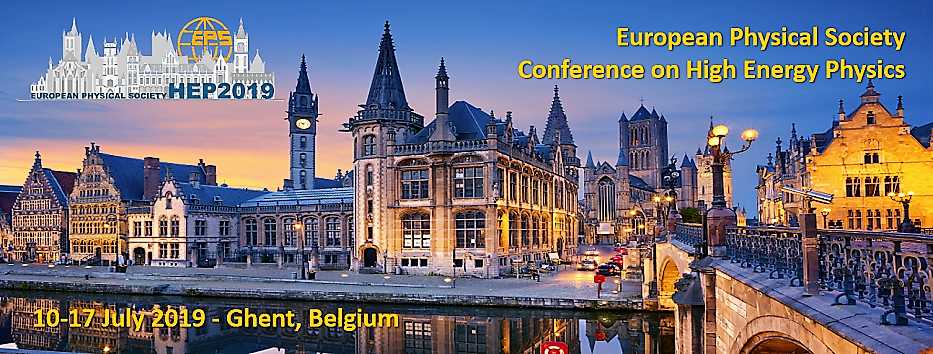Speaker
Description
The electromagnetic processes of annihilation of $(e^+ e^-)$ pairs into heavy
flavor lepton pairs are theoretically studied in the one-photon approximation, using the technique of helicity amplitudes . For the process $e^+e^- \rightarrow \mu^+\mu^-$, it is
shown that -- in the case of the unpolarized electron and positron -- the final
muons are also unpolarized but their spins prove to be strongly correlated. For the
final $(\mu^+ \mu^-)$ system, the structure of triplet states is analyzed and explicit expressions for the components of the spin density matrix and correlation tensor are derived ; besides, the formula for angular correlation at the decays of final muons $\mu^+$ and $\mu^-$ is obtained.
It is demonstrated that the spin correlations of muons in the process
$e^+e^- \rightarrow \mu^+\mu^-$ have the purely quantum character, since one of the Bell-type incoherence inequalities for the correlation tensor components is always violated ( i.e. there is always at least one case when the modulus of sum of two diagonal components exceeds unity ). Besides, the additional contribution of the weak interaction of lepton neutral currents through the virtual $Z^0$ boson is considered in detail, and it is established that, when involving the weak interaction contribution, the qualitative character of the muon spin correlations does not change.
Analogous analysis can be wholly applied as well to the final tau
leptons formed in the annihilation process $e^+ e^- \rightarrow \tau^+ \tau^-$, which becomes possible at considerably higher
energies.
